The Flexibility of the Telescopic Boom vs. The Steadiness of the Double Girder: A Analysis of Core Differences Between Boom Cranes and Overhead Cranes
In modern industrial production and large-scale construction projects, cranes are indispensable core equipment. Among them, the telescopic boom crane and the double-girder overhead crane are two widely used yet fundamentally different types. Although both are called "cranes," their distinct design philosophies mean they serve entirely different operational arenas.
Structural Difference: Flexible Boom vs. Fixed Gantry
The most immediate difference lies in their physical structure:
Boom cranes, as the name suggests, are characterized by a boom that can luff and telescope. Common types like truck-mounted cranes and all-terrain cranes fall into this category. The telescopic boom crane, in particular, with its ability to change length, offers free adjustment of its working radius. This structure provides unrivalled flexibility, allowing for rapid movement between sites without the need for tracks, making it ideal for vast or irregular work areas.
In contrast, the double-girder overhead crane features a sturdy "bridge" structure. It typically consists of two parallel main girders (the "double girders") supported on robust rails, moving like a bridge inside a workshop. The overall structure of a standard overhead crane is rigid, with its movement confined to the direction of the installed tracks, creating a work envelope that covers a fixed rectangular area. The double-girder overhead crane, known for its exceptional stability and high load capacity, is the absolute mainstay for fixed-point, frequent lifting operations inside workshops, warehouses, and factories.
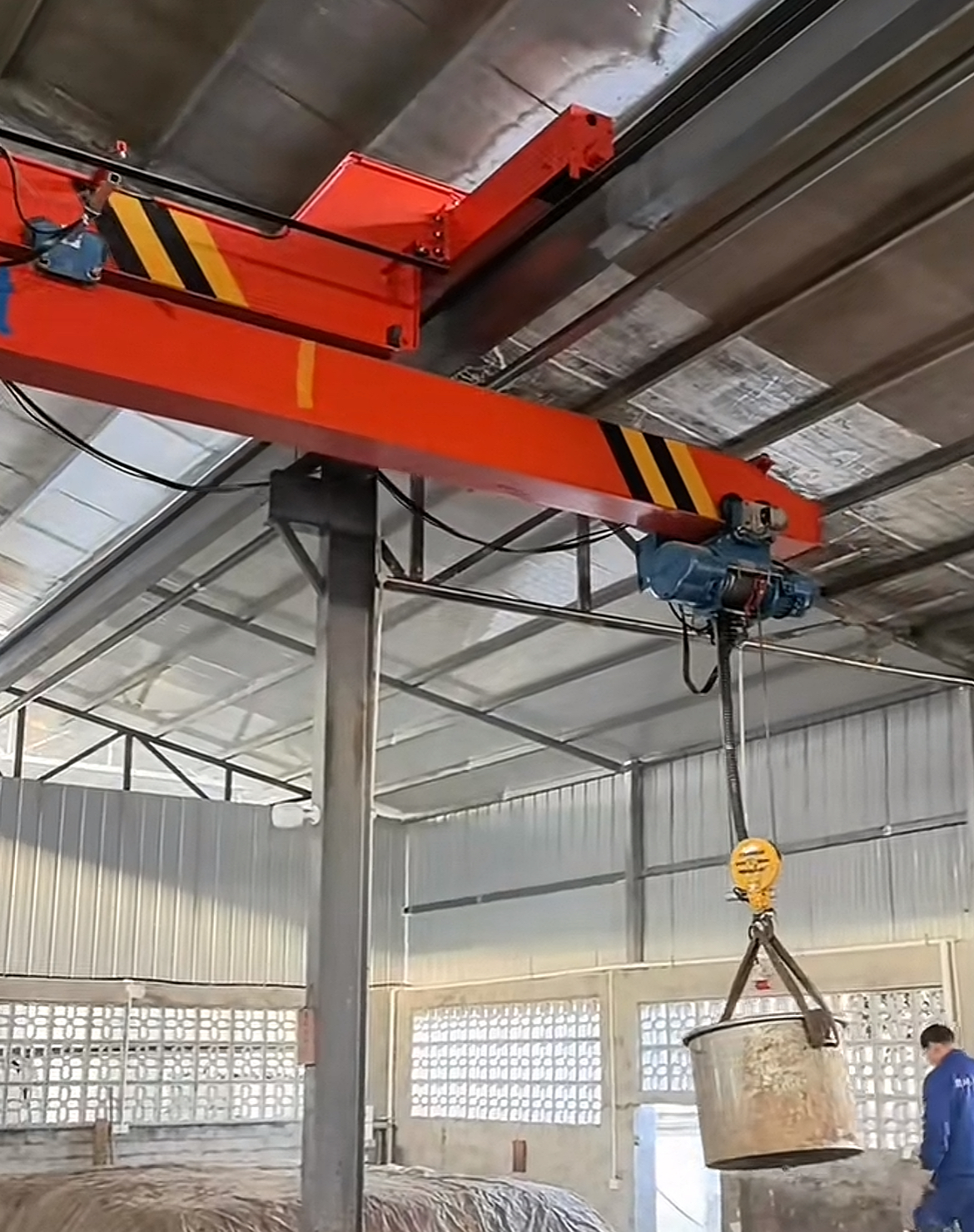
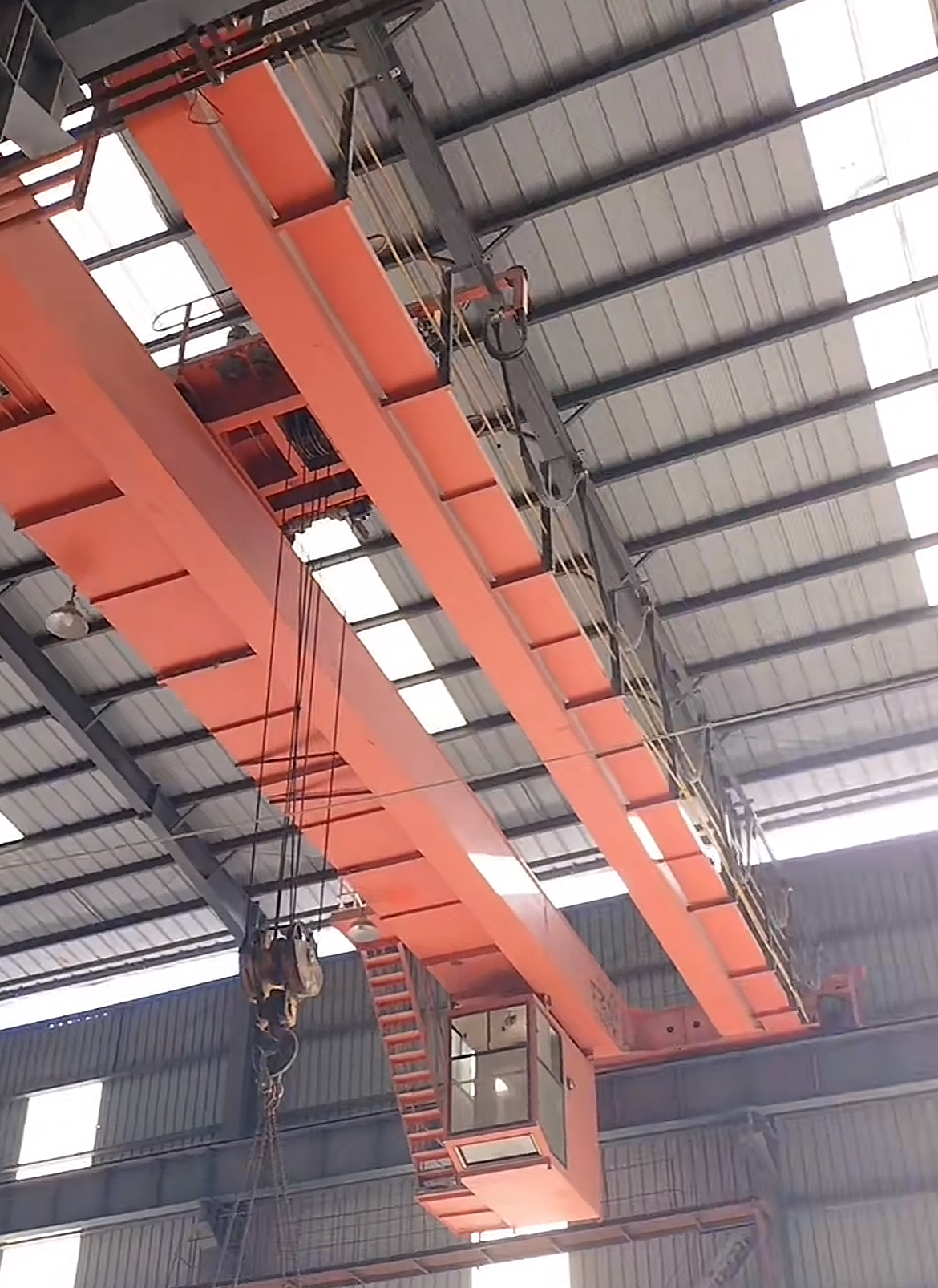
Application Contrast: The Great Outdoors vs. The Standard Indoor Bay
Their structural differences directly dictate their primary fields of operation:
The telescopic boom crane, with its extending capability, is the king of outdoor projects. From steel structure erection on construction sites to cargo handling in ports, and even emergency rescue operations, this type of telescopic boom crane can tackle complex and varying terrains thanks to its mobility and powerful ability to overcome obstacles.
Meanwhile, the double-girder overhead crane is the "bedrock" of standardized indoor logistics and production processes. Inside modern factories, assembly workshops, power plants, or large storage facilities, you will always see the double-girder overhead crane moving smoothly along its rails, precisely handling heavy components, raw materials, or finished products. It provides a highly efficient, safe, and repeatable solution for vertical and horizontal transport within a fixed space.
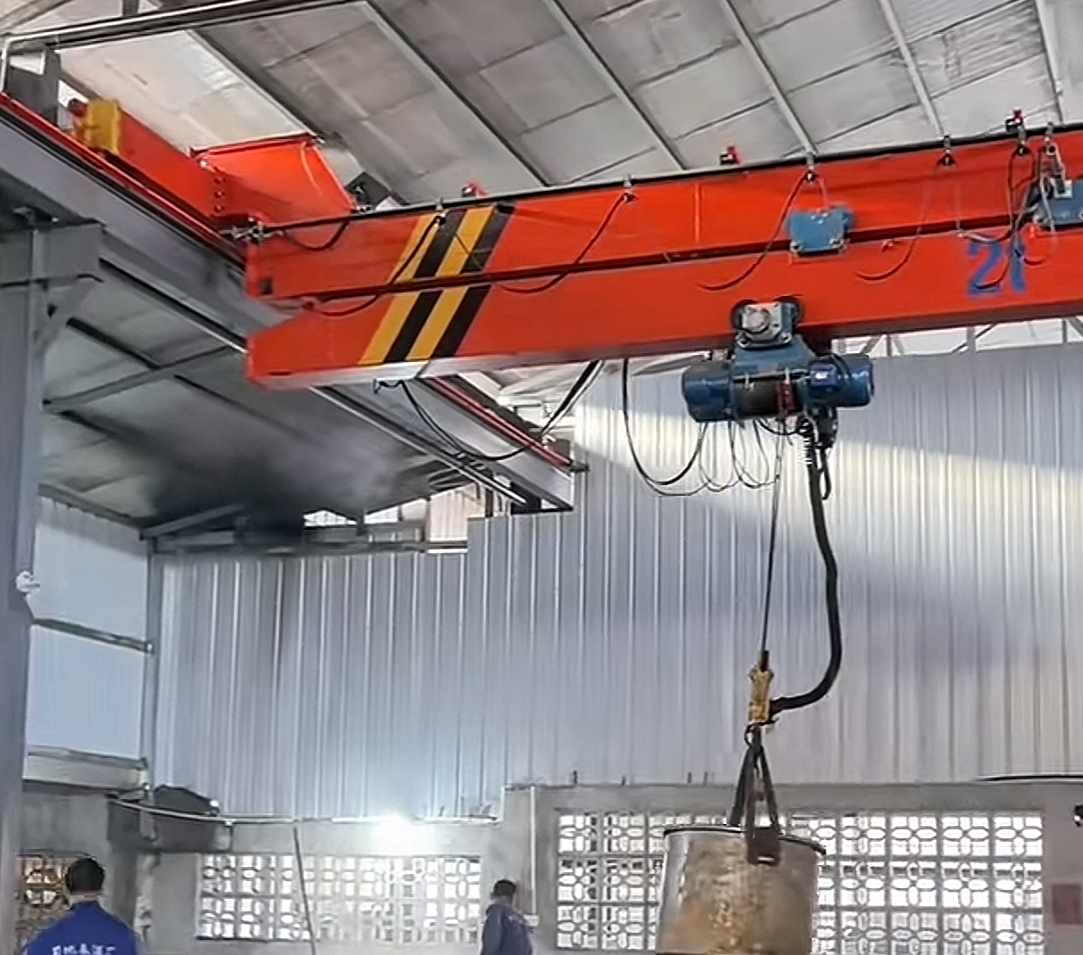
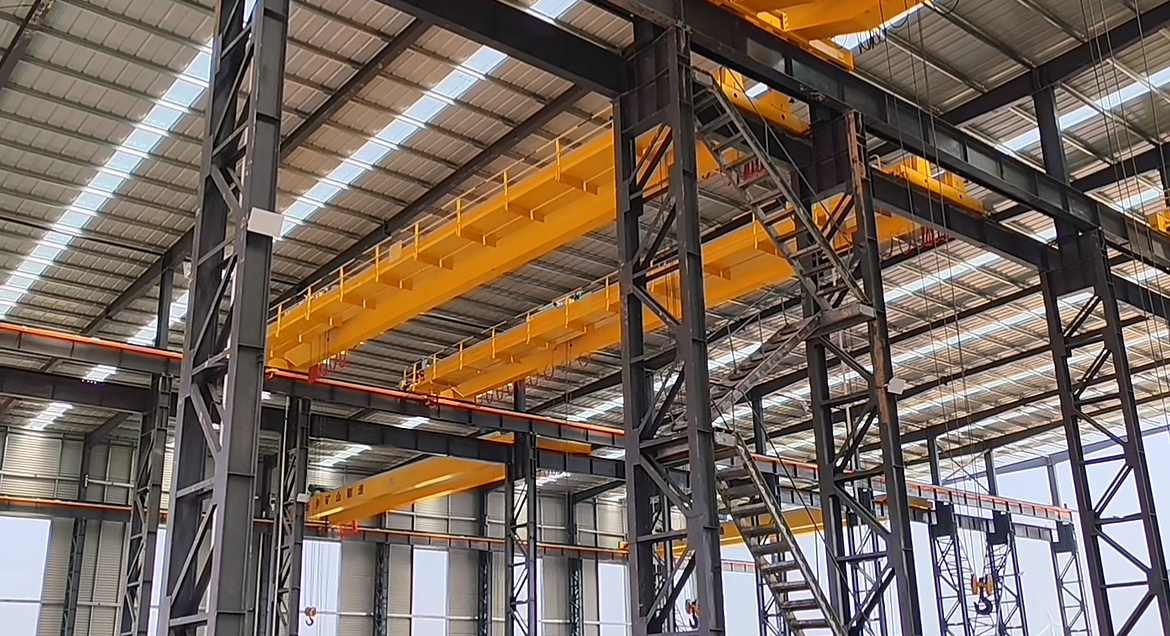
Performance Comparison: Mobility & Reach vs. Stability & Precision
In terms of performance, each excels in its own way:
Boom Cranes (exemplified by the telescopic boom crane):
Advantages: High mobility and rapid relocation; wide coverage, able to reach points inaccessible to tracks via boom extension and rotation; low site preparation requirements.
Limitations: Lifting capacity is generally lower than that of a comparable double-girder overhead crane; requires careful setup of outriggers for stability when lifting, leading to slightly longer preparation times.
Overhead Cranes (exemplified by the double-girder overhead crane):
Advantages: Very high lifting capacity and exceptional stability, designed specifically for heavy loads; smooth operation and precise positioning, ideal for meticulous assembly tasks; high inherent safety due to fixed-rail operation, easily automated.
Limitations: Work area is strictly limited to the path of the installed rails, lacking flexibility; high initial infrastructure cost (for rails and supporting structure).
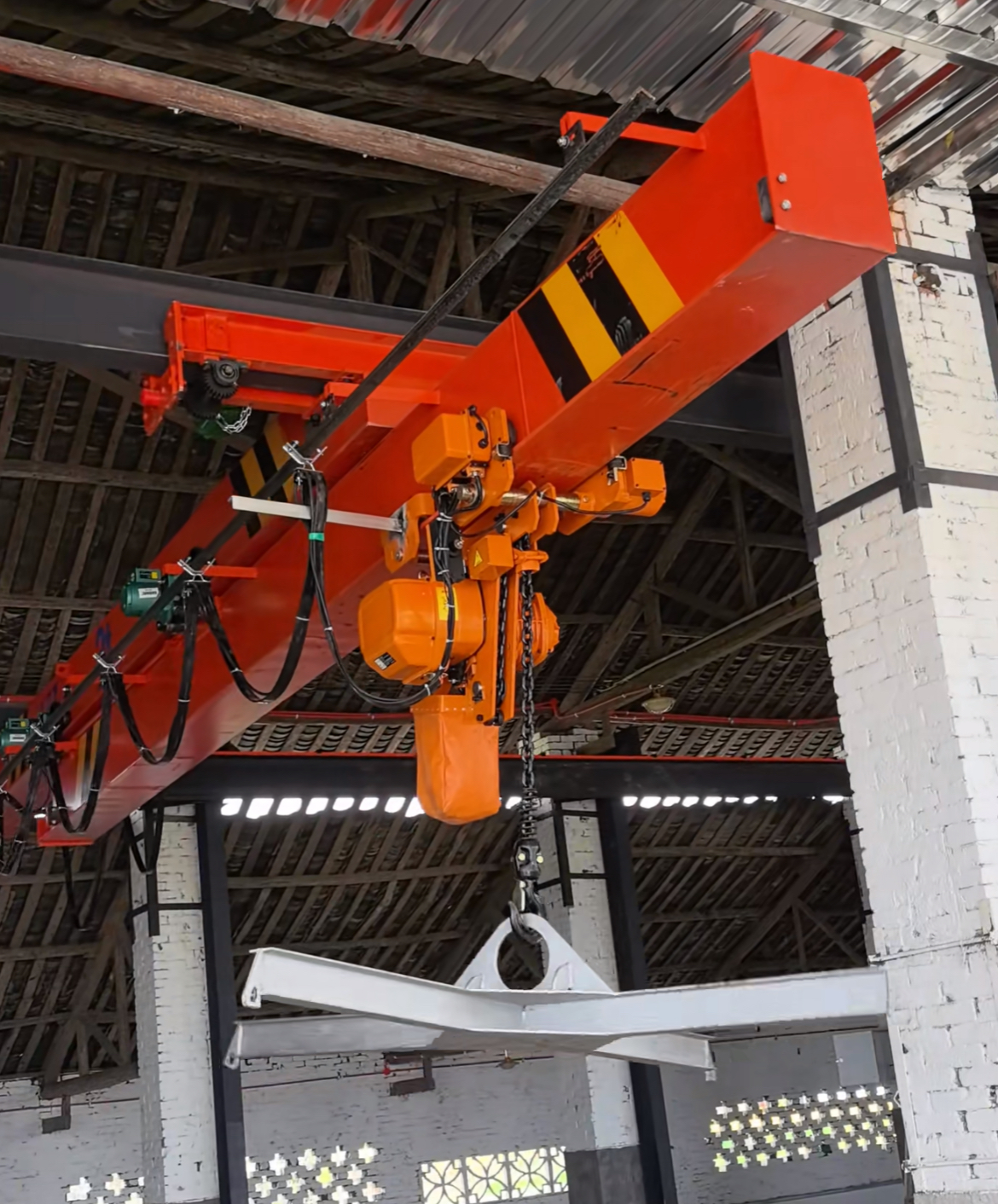
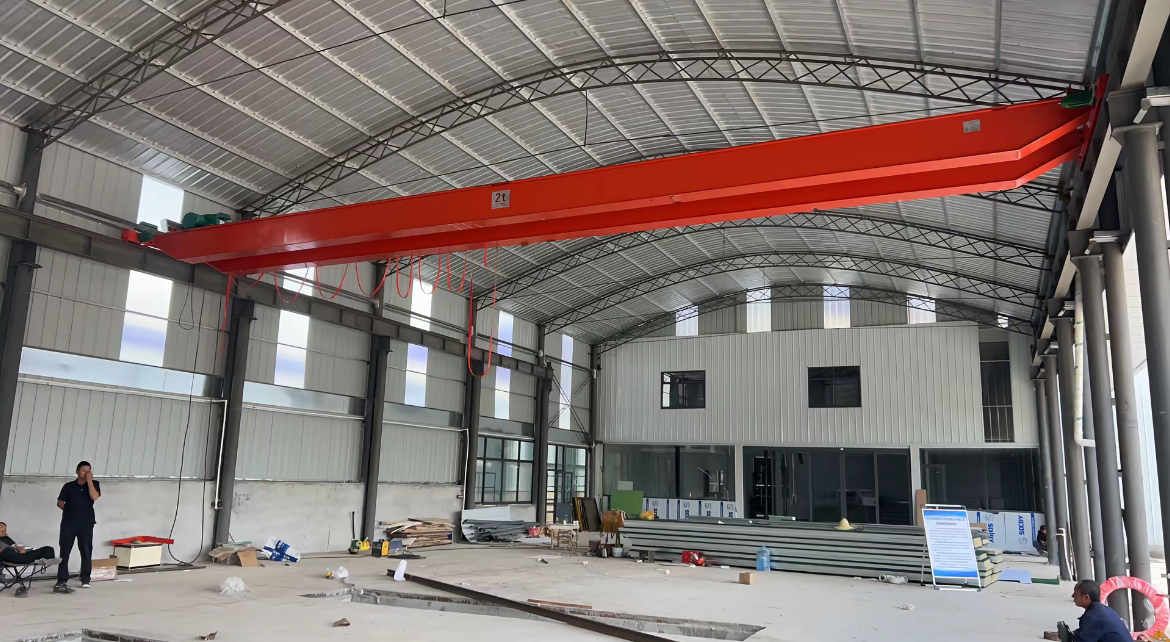
Conclusion
In summary, the choice between a telescopic boom crane and a double-girder overhead crane is not about which is better, but about selecting the right tool for the specific job. If your need is for lifting operations in open, variable outdoor sites, emphasizing mobility and obstacle clearance, then the flexible telescopic boom crane is the unequivocal choice. Conversely, if your operation is in a fixed indoor location like a factory bay, and you prioritize the stable, precise, and efficient movement of heavy loads within a confined space, then the robust and powerful double-girder overhead crane is undoubtedly the more professional solution. Understanding these core differences is the first step to correctly selecting equipment and enhancing operational efficiency and safety.

